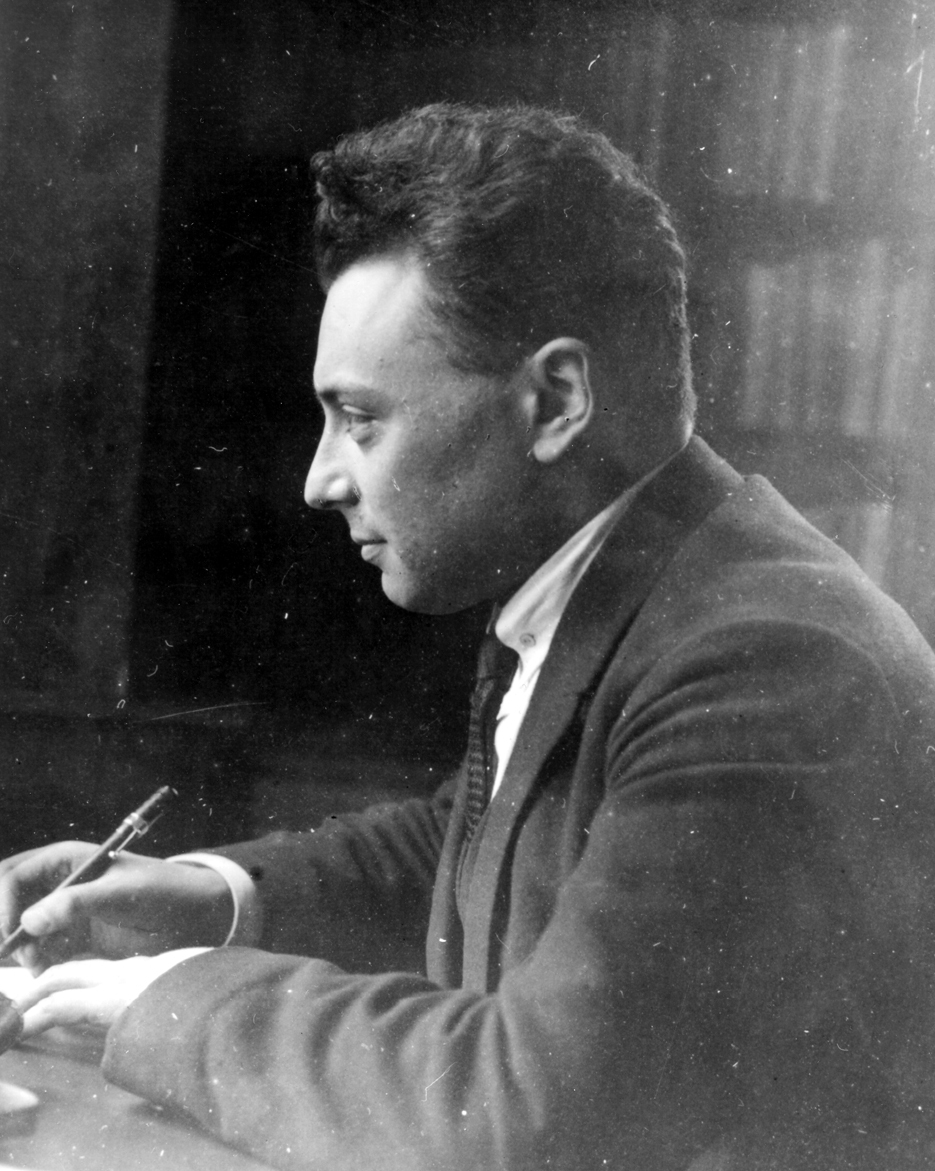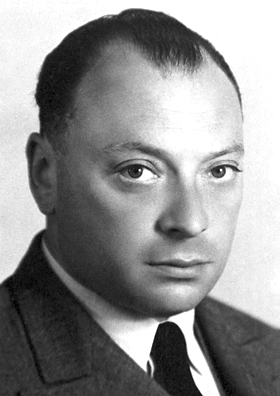You asked about quantum physics.
I'll show you something interesting and useful.
In quantum physics, we can use as a basis the Pauli matrices, which are usually called "sigma matrices" so I'll represent them by S. S stands for spin, in the x y and z directions, so we have Sx, Sy, and Sz. Here's how the Pauli matrices are defined:

en.wikipedia.org
When we look at a Bloch sphere, this is what we're looking at. So if we write a vector in the usual way as a linear combination of basis elements, we get
V = a . Sx + b . Sy + c . Sz
where a, b, and c are the "coordinates".
On the Bloch sphere, all the vectors usually have magnitude 1, unless they're entangled.
So we can begin with any old (unentangled, unit length) vector on the Bloch sphere, which represents a quantum state. Like this:
View attachment 1065725
The quantum state is some combination of spins, and although the axes in the pic are labeled x y and z, they're really Sx, Sy, and Sz. (I chose this picture for a reason, which you'll see in a minute).
So now, imagine that we want to "project" our vector onto any of the coordinate axes. Normally, if you have a vector (x, y, x) the projection onto the X axis is just the x coordinate, and y and z become 0.
But, we don't have a scalar basis anymore, we have a basis made up of Pauli matrices, which are 2x2 matrices. So how do we "project" our vector onto the Sx axis?
To answer, we need to use ring algebra. We need the concept of a "projector", and we also need the concept of an "ideal". First I'll show you projectors and ideals, then I'll give you the bigger picture.
First, note that when we're multiplying matrices, order matters. AB is not always equal to BA. We can begin with a "projection operator", so let's look at the matrix
| 1 0 |
| 0 0 |
If we have any other matrix M defined as
| a b |
| c d |
We can multiply by the projector on the LEFT, and the result is the first column. So, calling the projector P, we have
P M =
| a 0 |
| c 0 |
But when we multiply by the projector on the RIGHT, we pull out rows instead of columns. So we have M P =
| a b |
| 0 0 |
The Pauli matrices are the Clifford algebra C(3,0). Each basis element squares to +1, and the products are anticommutative. Note that the projection operator is idempotent, which means projecting twice (or N times) is the same as projecting once. (So P^2 = P). You can check that our projector matrix squares to itself.
Now, we can project our vector to any of the coordinate axes, so on the Bloch sphere our vector V is 3 dimensional and we have Px, Py, and Pz. Py for example is
| 0 0 0 |
| 0 1 0 |
| 0 0 0 |
Let's be very clear on this: the Bloch sphere is 3 dimensional, and our vector V has 3 coordinates x y and z. But the BASIS for this coordinate system consists of the 2x2 Pauli matrices. So the X axis projection is the x coordinate multiplied by Sx.
Two projectors are defined to be
orthogonal if applying one and then the other gives us 0. So Px . Py = 0. Our first piece of ring algebra is this: if P is a projector, then (1-P) is also a projector. In matrix land, 1 is the identity matrix. In 3 dimensions, if P is Px, then (1-P) is a projector onto the YZ plane. And you can verify that (1-P)^2 equals (1-P), and you also verify that P(1-P) = 0.
Next, if P and Q are orthogonal projectors, then P+Q is also a projector.
So now, another piece of ring algebra. Let's define an "ideal". A simple example of an ideal on the ring of integers is the multiples of 3. If you add any two multiples of 3 you get another multiple of 3, so you stay within the ideal. Similarly, if you multiply a multiple of 3 by any scalar, you get another multiple of 3 - so once again you stay within the ideal.
An ideal is a subset of a ring (or a ring algebra). Turns out, the matrices we projected earlier are ideals of the ring of matrices.
| a 0 |
| c 0 |
is a left ideal, and
| a b |
| 0 0 |
is a right ideal.
Now, the bigger picture. Sigma matrices are a basis for the Clifford algebra C(3,0). A projector for any unit length vector U on the Bloch sphere is therefore
P = 1/2 (1 + U)
but we have to call it P+ because it's orthogonal partner P- is
1/2(1 - U)
And since we're in a Clifford algebra
UU = 1
So now we can replace our projectors with the Pauli matrices
Px+ = 1/2(1 + Sx)
and so on for each of x y and z. And now you can verify that multiplying matrix M from the left pulls out the columns and multiplying on the right pulls out the rows. Px+ pulls out the first column, and Px- pulls out the second column. If we add the results we get our original matrix back. And Px+ and Px- sum to 1.
And in this Clifford algebra, if we have a projector that acts on a ring,
the result will be an ideal. Every projector in a ring creates an ideal.
So far, we have MPx+ creates a matrix where only the first column is non-zero, and MPx- created a matrix where only the second column is non-zero. Similarly, Px+ M creates a matrix where only the first row is non-zero, and Px- M creates a matrix where only the second row is non-zero. All four of these result matrices are ideals, the first two are left ideals and the last two are right ideals.
For orthogonal projectors, the resulting ideals share no members except 0. So we could create coordinate axes on these ideals and they would intersect only at the origin.
So then, the spinors (Pauli vectors) are members of
minimal left ideals in Clifford algebras. Minimal means can't be broken up into smaller ideals (using smaller projectors). A spinor (a Pauli vector) is just the column that results from the action of a projector on a Pauli matrix.
Pauli vectors are rotated by quaternions, and we already discussed how the quaternions are described by Clifford algebras. This tells us the SU2 rotation matrices are described by the Spin group, with half angle rotations as previously discussed.
So now we've come full circle (no pun intended) from the Bloch sphere to the Spin group and back again. The Clifford algebra is what makes it all work, because the basis vectors square to 1 and are anticommutative with each other. And note it's considerably easier this way because we have single sided transformations, whereas if we use SU2 on vectors we require double sided transformations.
That's enough for now, yes? Now you know how to project a quantum state into a ring ideal using a Clifford algebra. The state vector V is the coordinates of a Bloch sphere with the Pauli matrices as a basis.
Wolfgang Pauli received the Nobel prize in 1945 for coming up with this stuff. He was nominated by Albert Einstein.
View attachment 1065748

en.wikipedia.org
He built on the mathematics of William Kingdon Clifford, who preceded Pauli by 50 years.
View attachment 1065750

en.wikipedia.org

en.wikipedia.org




